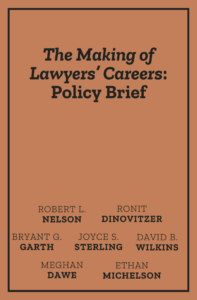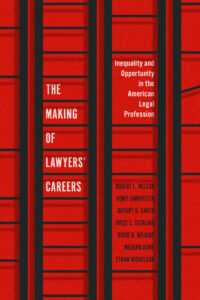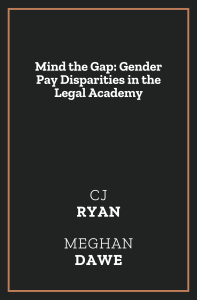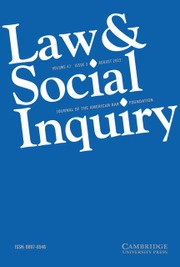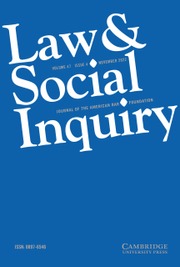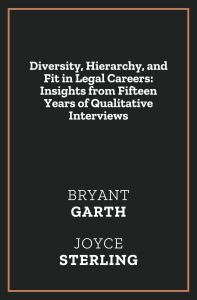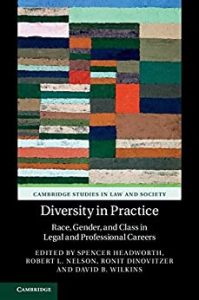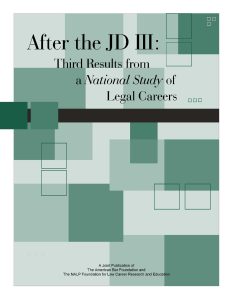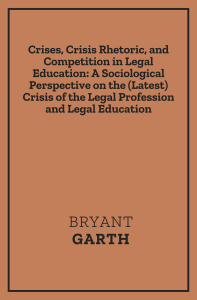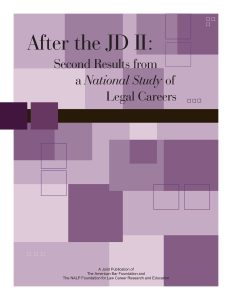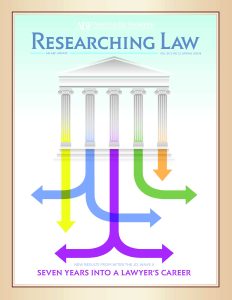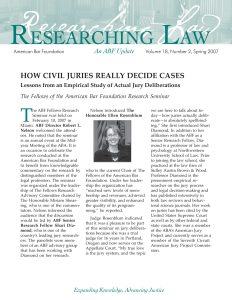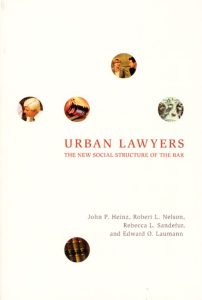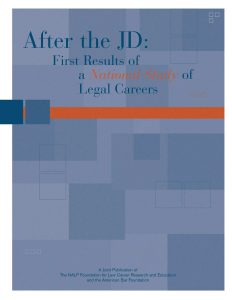The ABF has long been recognized as the leading source of research on legal education and the profession. One of the ABF’s hallmark projects in this area is After the JD (AJD), the first national study of legal careers. Designed as a longitudinal study of lawyer careers, AJD is tracking the professional lives of more than five-thousand lawyers during their first twenty years after passing the bar. The first wave of interviews (AJD1) was fielded in 2002-03; the second wave (AJD2) was fielded in 2007; and the third wave (AJD3) was fielded in 2012-13. Employment data for respondents has been updated through web searches through 2019. In addition to survey data, the project has collected more than two-hundred in-depth interviews with respondents that provide narrative accounts of how lawyers navigate changes in their careers.
The History
The AJD project was a concept first proffered by members of the National Association for Law Placement (NALP) more than forty years ago. Legal career services and recruitment administrators in the mid-1970s were hungry for information that would help them in their efforts to counsel, recruit, hire, and develop young attorneys. But, it wasn’t until 1996 that the After the JD Project was transferred to the ABF. The Project enjoys continued support financial from the Soros Foundation, NAPL, the Law School Admission Council, Access Group, and the National Science Foundation.
Over twenty years, the project collected three waves of data, with project management by Ronit Dinovitzer and Gabriele Plickert and research oversight by Bryant Garth in the first and second phase of the project and then by Robert Nelson in the third phase of data collection and data analysis. Meghan Dawe has been project manager in the final phase of data analysis leading to the capstone book.
The capstone book project for this project, The Making of Lawyers’ Careers: Inequality and Opportunity in the American Legal Profession, will be published by University of Chicago Press in 2023
The Findings
Some groundbreaking findings from this project include:
- By tracking career pathways over 20 years, researchers found that more than half of graduates from highly-ranked law schools start at large firms, and graduates of tier 3 and tier 4 law schools are far more likely to start as solo or small-firm attorneys, in state government, or business.
- Attorneys of color, white women, and LGBTQ+ attorneys perceive high levels of workplace bias compared to white male attorneys and to respondents in other workplace studies.
- White and African American lawyers have similar chances of making equity partner through the first six years of their careers, but later in their careers, white lawyers are much more likely to make this advancement, while African American lawyers are more likely to leave their law firms. White lawyers comprised 71% of the survey, but 80% of all equity partners.
- A gendered wage gap exists in all stages of lawyers’ careers, even in the first few years after law school. Researchers also found a “fatherhood bonus”, meaning that men with children outearn – by a large margin – childless men, childless women, and women with children.
- Research showed the burden of student debt is exacerbated for African American lawyers; only 28% finished paying off their debt by 12 years after graduation, compared to 40% of lawyers from all other racial groups.
- 78% of respondents reported being moderately or extremely satisfied with their decision to become a lawyer.
The project researchers have also submitted a public dataset to the University of Michigan’s ICPSR, which is available to all researchers. There is also a restricted data set, distributed to certified researchers who commit themselves to maintaining limited access. To receive access, individuals can complete the AJD restricted access form and submit to Meghan Dawe, Research Social Scientist for the AJD project, at mdawe@abfn.org.








